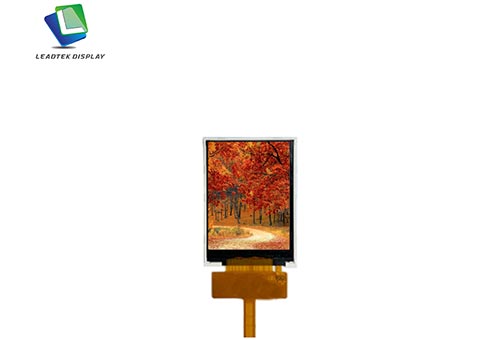What is the difference between UART and USB?
UART (Universal Asynchronous Receiver/Transmitter) and USB (Universal Serial Bus) are both communication protocols used in electronic devices, but they have several key differences:
1. Purpose:
- UART: Primarily used for short-distance, low-speed communication between microcontrollers and peripherals.
- USB: Designed for connecting computers to peripherals and other devices, supporting higher speeds and longer distances.
2. Speed:
- UART: Typically operates at lower speeds, ranging from 9600 bps to 115200 bps.
- USB: Much faster, with speeds ranging from 1.5 Mbps (USB 1.0) to 40 Gbps (USB 4.0).
3. Complexity:
- UART: Simple protocol with minimal overhead.
- USB: More complex protocol with additional features like power delivery and plug-and-play functionality.
4. Wiring:
- UART: Usually requires only two wires (TX and RX) for data transmission.
- USB: Uses four wires (power, ground, and two data lines).
5. Synchronization:
- UART: Asynchronous communication, no shared clock signal.
- USB: Synchronous communication, uses a shared clock signal.
- UART: Does not provide power to connected devices.
- USB: Can provide power to connected devices (5V in older versions, up to 100W in newer versions).
7. Device addressing:
- UART: No built-in addressing scheme.
- USB: Supports device addressing and enumeration.
8. Standardization:
- UART: Less standardized, implementations can vary.
- USB: Highly standardized with strict specifications.
9. Distance:
- UART: Typically used for short-distance communication (up to a few meters).
- USB: Can support longer distances, especially with active cables or hubs.
10. Widespread use:
- UART: Commonly used in embedded systems and microcontroller applications.
- USB: Ubiquitous in consumer electronics, computers, and mobile devices.
In summary, UART is simpler and suited for low-speed, short-distance communication in embedded systems, while USB is more complex, faster, and designed for versatile connectivity in a wide range of devices.






 Microsoft Teams
Microsoft Teams WhatsApp
WhatsApp Email
Email Inquiry
Inquiry WeChat
WeChat
 TOP
TOP